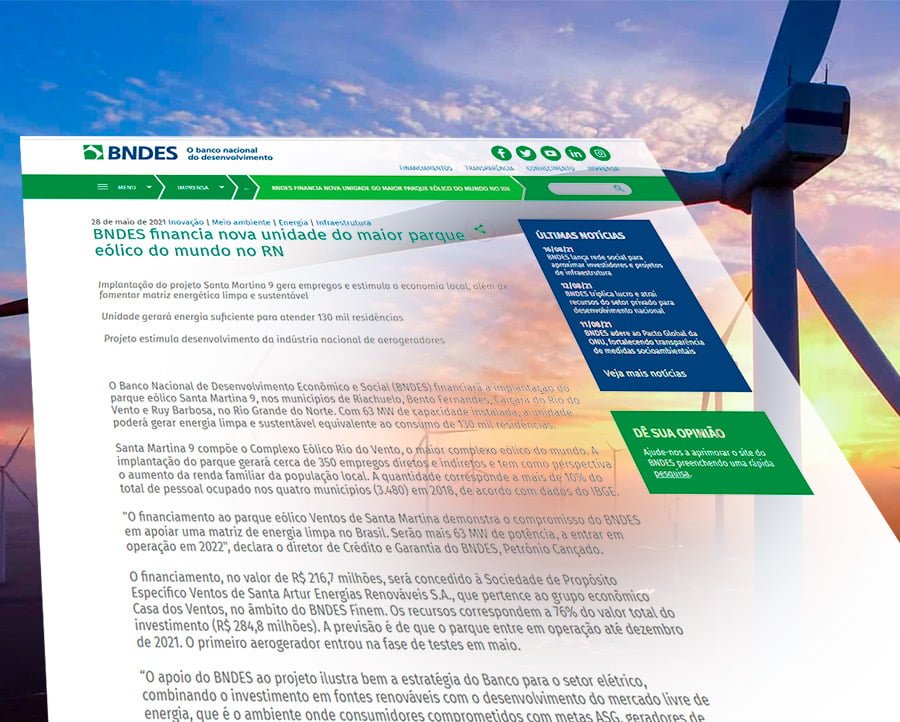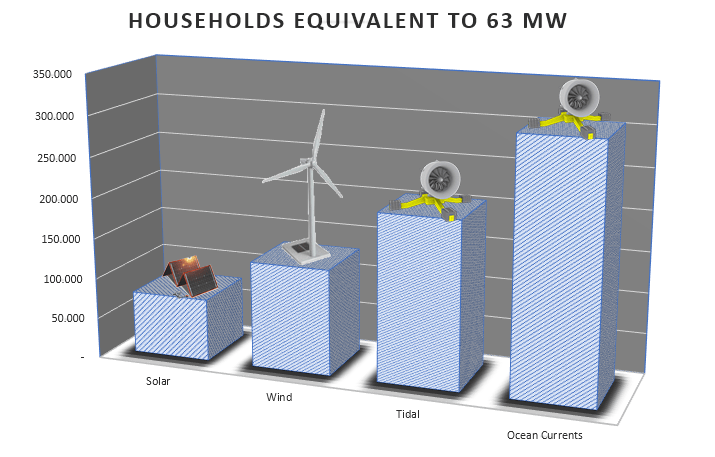kW or kWh?
Power & Energy: Two physical quantities and their differences
kW is a power unit
kWh is a energy unit
Electric power generation plants, or simply power plants, are measured according to their capacity to generate energy every second, that is, their power. In the case of electricity, we use Watt with or without its multiple
prefixes, kilo, mega, giga, etc. Power is the quantity that considers the ratio between energy and time. 1 Watt is 1 Joule energy consumed or generated every 1 second. For example: if the specification of an electrical
device says that its power is 100W, it means that it consumes 100 Joules of energy every second.
(100 W = 100 J/s)
So, to know the amount of energy that this same electrical device would consume if turned on for 10 seconds, just multiply its power by that time. So: 100W x 10s = 1.000Ws, or 1.000J.
Electricity companies don’t measure time in seconds, they measure time in hours. Then they use the same formula to calculate the amount of energy, that is, they multiply the power by the time. In this case, if this same device is turned on for 10 hours, then it will consume 100W x 10h = 1.000Wh, or 1kWh, or 3.600.000J. The consumption bill adopts the energy unit in kWh (kilowatt-hour).
Try, below, to calculate the energy consumption of an appliance in your home, such as a cell phone charger, TV or electric shower.

In May 2021, BNDES announced the financing of a new unit in the largest wind farm in the world, in RN (Brazil): The Santa Martina 9 project, with 63MW of power, equivalent to the consumption of 130 thousand households, according to the BNDES. The power proportional to each house, then, is approximately 0.48kW. To find out how much energy this means in a period of 1 month, just multiply this approximate power by the time of hours each month, that is, 720 hours (30 days x 24 hours/day). So 0.48kW x 720h = 345.6kWh.
However, according to the energy research company (EPE), the average monthly consumption of Brazilian homes was 148.1kWh in the 12 months between July 2020 and June 2021, that is, it corresponds to 42.44% of the maximum energy that the wind power plant could produce. This ratio is called the Capacity Factor. The world average Capacity Factor for wind production is 30%.
The explanation for this discrepancy is that the installed power for a wind power plant is very different from the average realized power, proportional to the energy actually generated. This is due to the seasonality of the source: Winds do not always blow, and when they do, they are not always strong enough.
This is one of the main reasons for considering the ocean as the best source of renewable energy, since the sea currents are continuously active 24 hours a day, while the tides, which due to the cyclical events of high tide and low tide, they may have currents relevant to energy production for approximately 16 hours a day. In other words, the Capacity Factors for the subsea source, with well-dimensioned UCEC’s projects, can be close to 100% and 67% for sea and tidal currents respectively.
Considering the Capacity Factor, the same 63MW of power projected for the Santa Martina 9 plant would serve 77,000 homes in the photovoltaic source, 204,000 homes in the tidal source, and 306,000 homes in the sea currents source.





